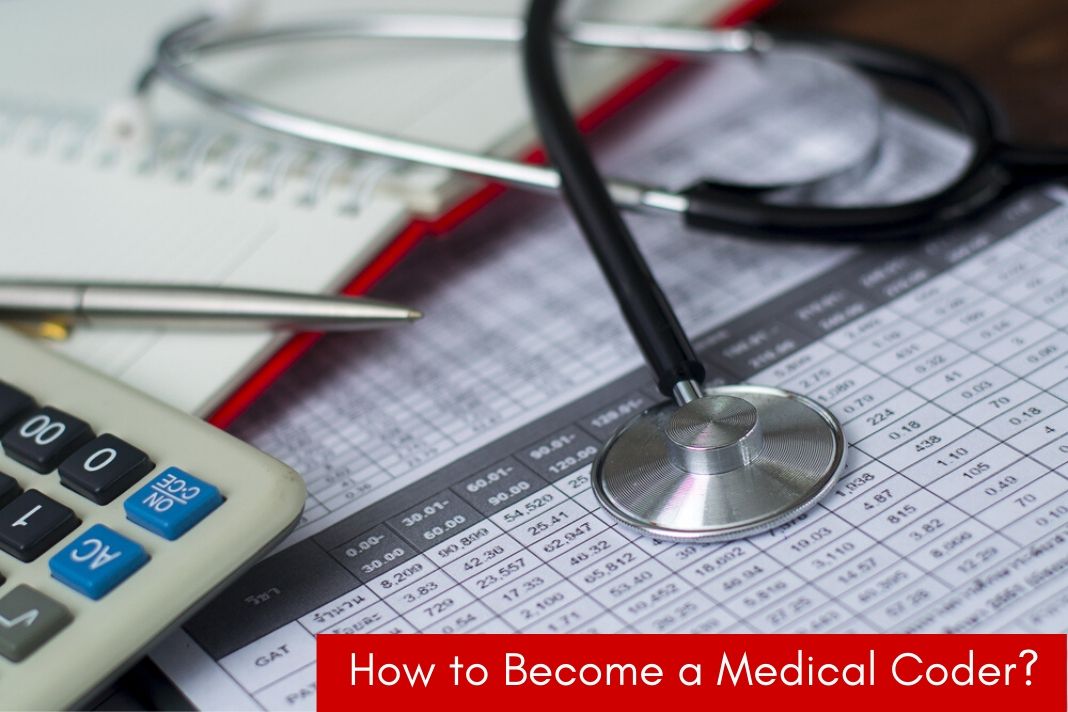
Medical coding is an inspiring career, not to mention a growing one too. It is a non-clinical job that lets you be a part of the highly respectful healthcare industry and serve people respectfully, without having to undergo rigorous education, internship, residency, or training.
Working with numbers, having great attention to details, problem-solving ability, and focus are critical skills required for medical coding certification. If you think you have them all, read the steps below to find out how to become a medical coder.
What Does Medical Coder Do?
Medical coders work with hospitals and other medical centers and perform duties at the billing department or back offices. Their work is as vital as any non-clinical profession in the medical realm. A general medical coding job description includes reviewing, processing, and completing medical claims of patients to help hospitals, healthcare providers, and clinics get compensated for their services from the insurance providers.
Medical coders work closely with doctors and nurses. When a patient gets an appointment, the healthcare provider labels him with a particular medical code, the CPT code. Each medical procedure, treatment plan, prescription, diagnosis, and other correspondence between the patient, doctor, and nurse are recorded against the system.
Medical coders use their knowledge of medical codes, insurance law and policies, government regulations, and other payment terms to code medical records for insurance claim billing and reimbursement.
They ensure that healthcare providers know what to charge for each treatment and procedure. They also ensure that the insurance companies can cover the patient’s care adequately.
Without medical coders, the best patient experience and doctor’s service is not possible.
Medical Coder Salary Range in 2019:
The average base salary of medical coders in the United States is USD 37,872 per year. However, it can go as high as $55,000 per year.
Medical Billing and Coding Certificate Training Programs
The length of the training depends on how you take it, classroom, or online. It also depends on whether you want a physician-based coding or facility-based coding.
Employers generally hire graduates who have completed the medical coding program from a reputed organization. The American Academy of Professionals Coders (AAPC) provides physician-based coding certification courses, such as CPC certification. The organization offers both classroom and online training, which can be completed in less than 5 months. The course fee is $1500.
The American Health Information Management Association (AHIMA) offers facility-based training courses – both certificate and degree programs. The coding training with AHIMA usually takes about 15 months to complete.
These programs will qualify you for the certification examination and help you pass it.
The training will also broaden your career opportunities and boost your resume.
5 Steps to Become a Medical Coder
Step 1: Obtain the Required Educational Qualifications
You must hold a high school diploma degree or an equivalent associate degree to get into the field. After this, you must pursue an accredited medical coding training program. For enrolling in the training program, you will be required to clear a background check and medical check. You must come clean in the assessment, such as no criminal history or drug abuse.
These courses take 18 – 24 months to complete. The training program can be considered part-time, full-time, over the weekend, or online. They are quite flexible and affordable. Therefore, if you are a student or a full-time professional, you can complete the program without disturbing your current profession.
Step 2: Get Your Bachelor’s Degree or Associate Degree
If you are looking for a substantial degree and not just a certification program to help secure your future, you can complete a 4-year bachelor’s degree or a 2-year associate degree. Some states’ healthcare providers require candidates to graduate before appearing for the certification test.
In your degree program, you will study medical terminology, physiology, sociology, human anatomy, health information and law, and ICD-10 codes. This shall help you prepare better for the medical coder certification examination.
You can also take an internship to gain experience in real-time.
Step 3: Clear the Medical Coding Certification Test
You have to obtain your Medical Coding Certification to start coding in hospitals. The certification will demonstrate your expertise and competency and confirm that you have fulfilled the necessary education and experience for medical coding.
There are different types of certifications available, such as Certified Professional Coder (CPC), Certified Outpatient Coder (COC), Certified Inpatient Coder (CIC), and Certified Risk Adjustment Coder (CRAC). The AAPC offers these specialty certifications.
On the other hand, AHIMA offers Certified Coding Specialist and Certified Coding Associate Certifications.
If you wish to advance further in your career, you can also pursue medical coding certification in a specific niche, such as ambulatory care, internal medicine, critical illness, emergency, family practice, geriatrics, and so on.
Step 4: Start Coding
Your final step is landing a medical coding job and start coding. Medical coders can work part-time or on a contractual basis. Billing and coding need changes throughout the year, and that’s why professionals prefer working independently rather than with one company.
Coders having a CPC certification earn 10% more than non-certified professionals. AAPC’s 2018 survey found that education, experience, and specialty certification increase the salary considerably.
You can find jobs in physician clinics, hospitals, diagnostic centers, and other medical facilities. According to the US Bureau of Labor Statistics(1), demand for medical coders is growing faster than other careers. By 2024, the rate is projected to increase by 14%. In fact, in 2018, medical coders and health care technicians held around 215,500 jobs.
So, if you have not decided about your profession or planning to change your job profile, think about medical coding as a career.
For more information regarding this career and certification, look up the AAPC and AHIMA websites.
You can also find other non-clinical jobs in the medical industry on our website.




